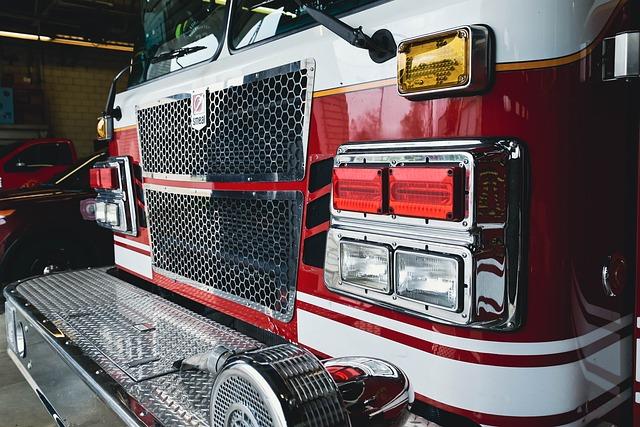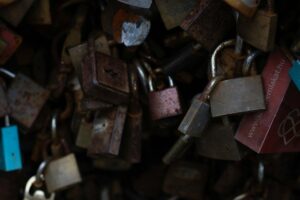When every second counts and tensions run high, the way emergency calls are handled can make the difference between chaos and calm. In Minnesota, a system rooted in precision, technology, and human judgment orchestrates the flow of urgent requests, ensuring help goes where it is needed most—fast. Understanding how these calls are prioritized offers a glimpse into the behind-the-scenes decisions that protect communities and save lives across the state. This article explores the intricate process Minnesota uses to determine which emergencies get immediate attention and how they maintain balance amid countless calls for help.
Table of Contents
- Understanding the Criteria Behind Emergency Call Triage
- The Role of Technology in Streamlining Response Priorities
- Balancing Urgency and Resource Availability in Minnesota
- Training and Protocols That Guide Dispatcher Decisions
- Enhancing Public Awareness to Optimize Emergency Outcomes
- Q&A
- In Conclusion
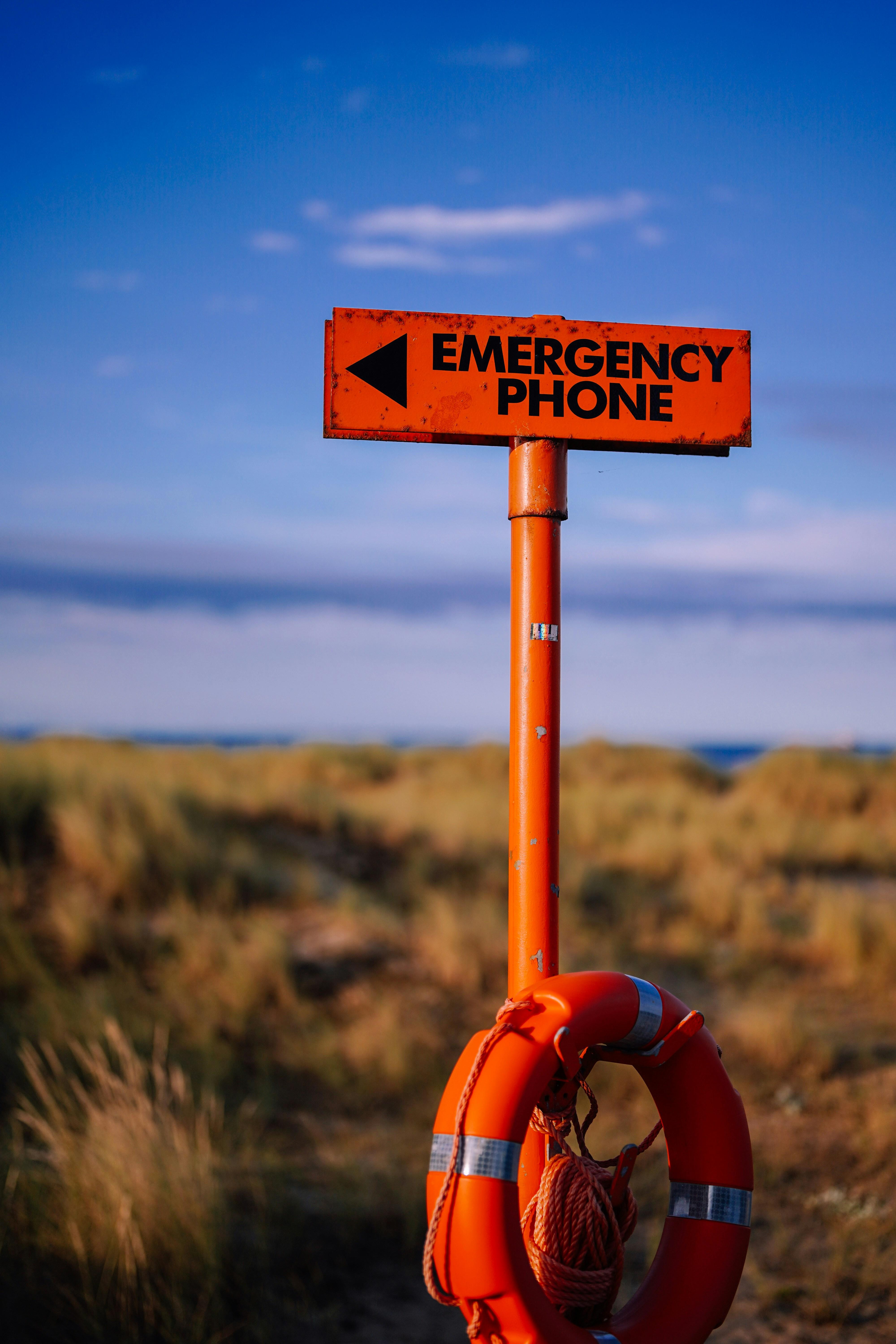
Understanding the Criteria Behind Emergency Call Triage
When emergencies strike in Maple Grove, Blaine, and throughout the Twin Cities suburbs, knowing how calls get prioritized can be a lifesaver. Dispatchers assess each call’s urgency by evaluating key factors such as immediate safety risks, the potential for property damage, and whether access is critical for emergency responders or residents. For example, a residential lockout involving a child or elderly person in White Bear Lake will receive higher priority than a non-urgent request for a lock upgrade in Coon Rapids. This triage process ensures that teams like Emeralds Locksmith, trusted across Minneapolis and St. Paul, respond swiftly to emergencies that demand urgent attention and rapid entry solutions.
Beyond urgency, the nature of locksmith services requested—ranging from automotive lockouts on busy highways in St. Paul to commercial lock system failures in downtown Minneapolis—also factors into call prioritization. Dispatchers coordinate with Emeralds Locksmith’s 24/7 emergency response crews stationed near St Louis Park to guarantee fast, reliable assistance. The seamless integration of call details, such as location and service type, helps reduce response times and enhances overall public safety. Below is a quick overview of typical criteria influencing response priority across the metro area:
| Priority Factor | Examples from Twin Cities Suburbs | Emeralds Locksmith Service Focus |
|---|---|---|
| Life or Safety Threat | Elderly locked out in Maple Grove, child in locked car in Blaine | Emergency car & home lockout service |
| Property Security Compromise | Broken locks at commercial sites in Coon Rapids | Business lock system upgrades & emergency repairs |
| Accessibility Urgency | Smart lock malfunction in White Bear Lake home | Smart lock installation & emergency troubleshooting |
| Non-Emergency Requests | Rekeying or lock changes in advance of moving in St Paul | Scheduled key replacements and lock upgrades |
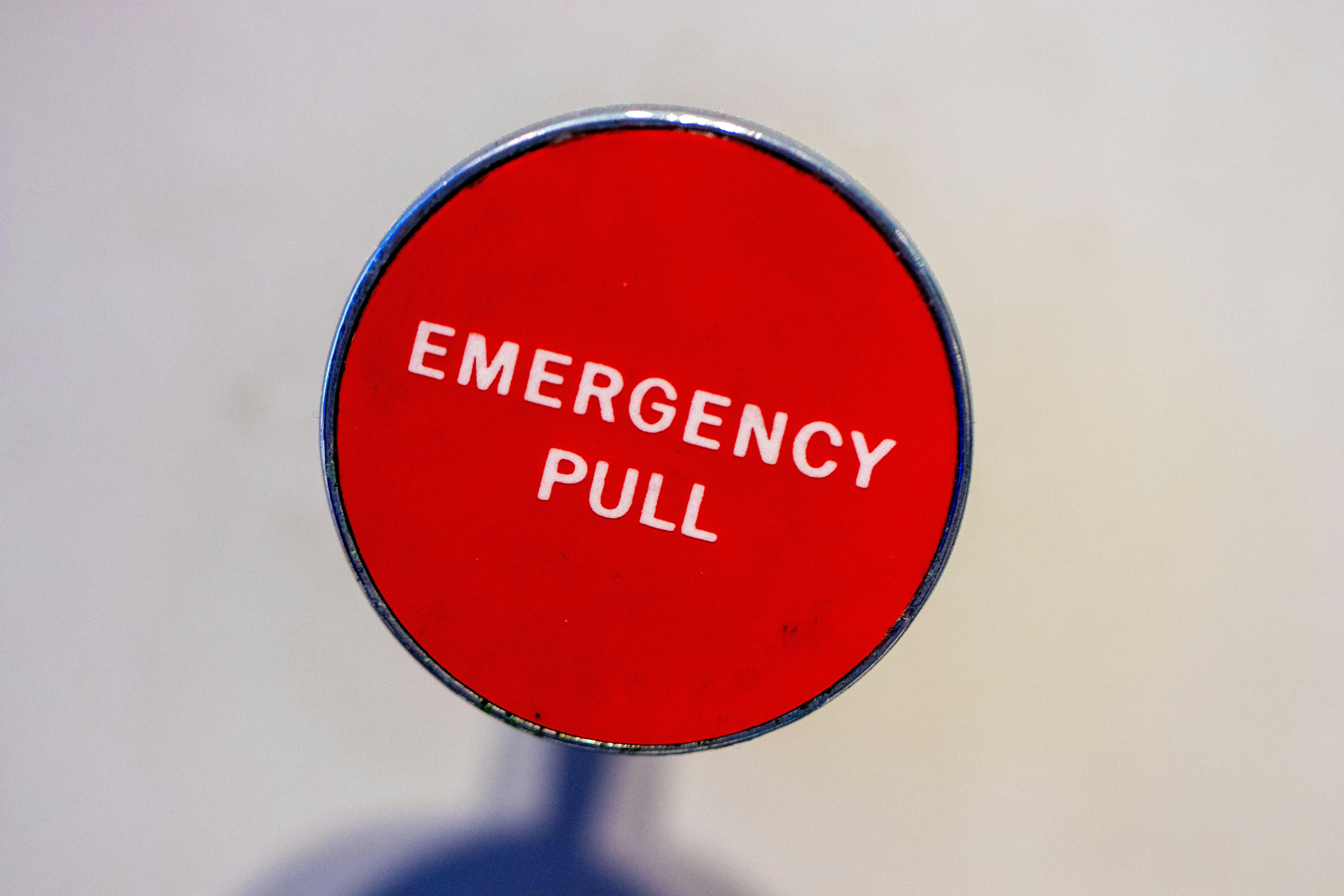
The Role of Technology in Streamlining Response Priorities
Advanced technology significantly enhances how emergency locksmith calls are prioritized across Minnesota communities such as Maple Grove, Blaine, and Coon Rapids. Using AI-powered dispatch software, Emeralds Locksmith efficiently assesses the urgency of residential and commercial lockout situations, ensuring clients receive rapid assistance when every second counts. This system dynamically categorizes calls based on severity — for example, a home lockout on a freezing winter night in White Bear Lake or a business lock system compromise in Minneapolis triggers immediate dispatch to nearby technicians. Real-time GPS tracking of locksmiths accelerates response times, optimizing routes to reach customers promptly throughout the Twin Cities suburbs.
The integration of data analytics also allows Emeralds Locksmith to anticipate peak demand periods, such as evenings and weekends, redirecting resources proactively for emergency after-hours response. This technological approach guarantees that smart lock installations and key replacements are not only timely but that high-priority cases—like auto lockouts in St. Paul or urgent lock changes in downtown Minneapolis—are never delayed. The combination of sophisticated call triage with local expertise reflects Emeralds Locksmith’s commitment to delivering trusted, reliable service 24/7, no matter the emergency or location.
| Service | Priority Level | Typical Response Time |
|---|---|---|
| Emergency Auto Lockouts | High | Under 20 Minutes |
| Residential Home Lockouts | High | 20-30 Minutes |
| Business Lock System Upgrades | Medium | Within 2 Hours |
| Smart Lock Installation | Low | Same Day Scheduling |
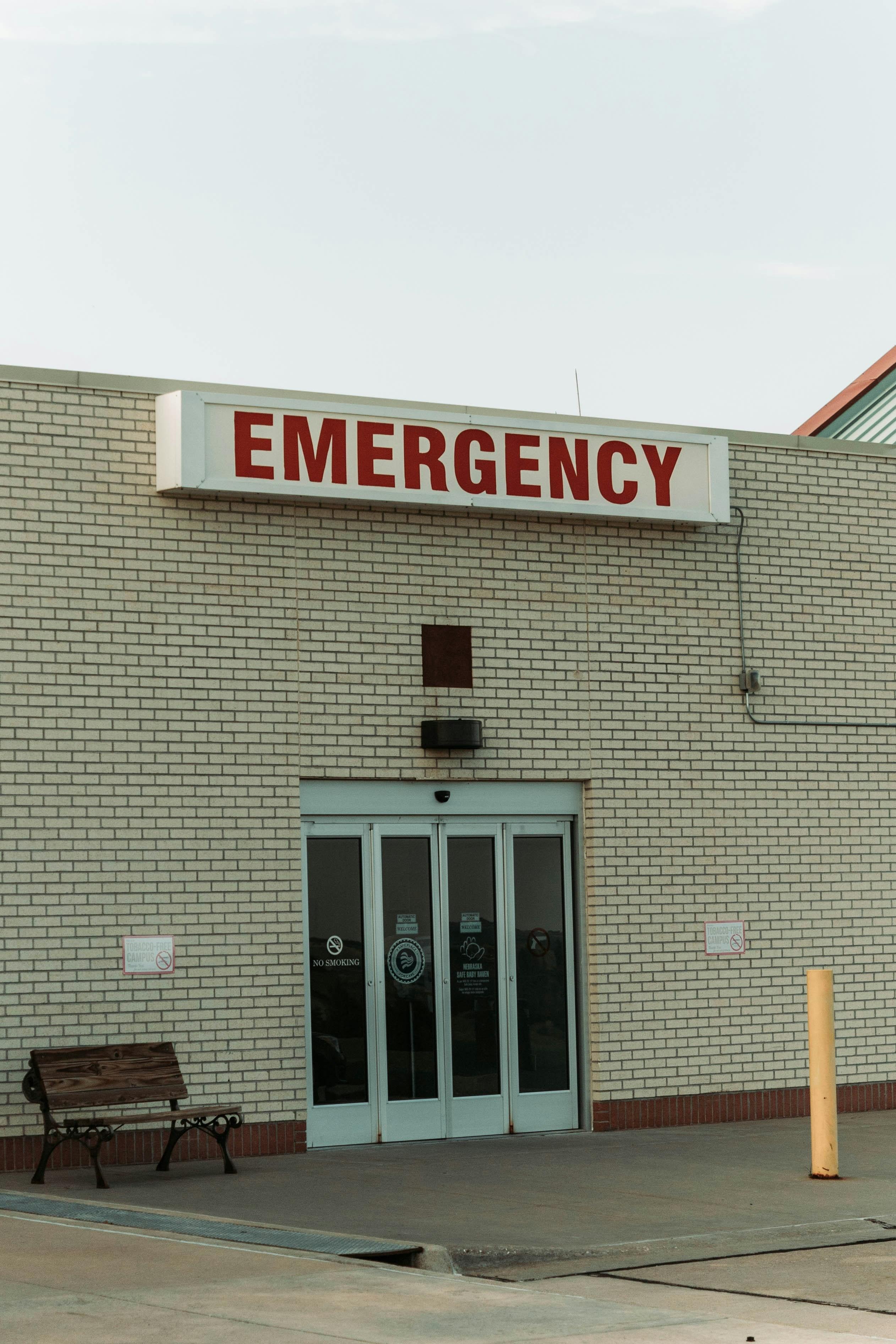
Balancing Urgency and Resource Availability in Minnesota
In the busy Twin Cities metro, from Maple Grove to White Bear Lake and downtown Minneapolis, prioritizing emergency locksmith calls means carefully balancing the urgency of each situation with the availability of trusted professionals. Emeralds Locksmith uses a dynamic system that evaluates key factors such as the nature of the emergency—whether it’s a residential home lockout in Blaine, a commercial lock upgrade in St. Paul, or a late-night auto lockout in Coon Rapids. This approach ensures that high-priority incidents like home or car lockouts receive immediate dispatch, especially during off-hours when quick access can mean safety and peace of mind for local residents.
Resource allocation is equally critical in serving the wide-spread neighborhoods across Minnesota. Our on-call teams strategically cover core zones around St Louis Park and nearby suburbs to reduce response times. To maintain transparency and trust, Emeralds Locksmith provides clear communication and regular updates during emergency calls. Below is a simplified overview of how emergency response priority is assigned in the region:
| Emergency Type | Response Priority | Typical Neighborhoods Served | Service Examples |
|---|---|---|---|
| Residential Lockout | Highest | Maple Grove, White Bear Lake | Home lockouts, smart lock resets |
| Auto Lockout | High | Coon Rapids, Minneapolis | Car key extraction, ignition repair |
| Commercial Security Upgrade | Medium | St. Paul, Blaine | Business lock systems, rekeying |
| After-Hours Call | Variable | All Twin Cities Suburbs | Emergency unlocks, urgent lock changes |
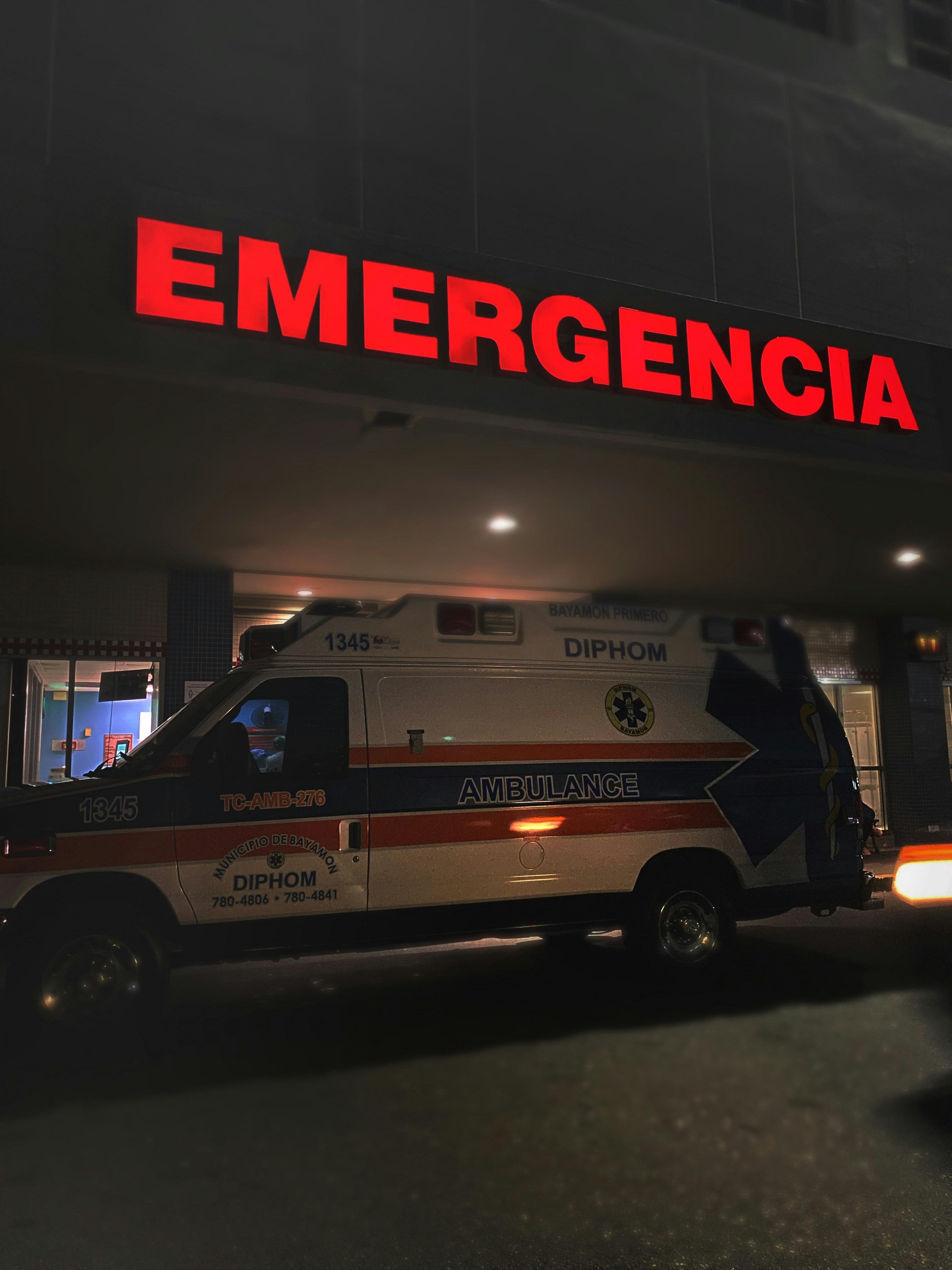
Training and Protocols That Guide Dispatcher Decisions
Dispatchers in Minnesota’s bustling Twin Cities suburbs—from Maple Grove to White Bear Lake—rely on rigorous training and detailed protocols to make split-second decisions during emergencies. Their expertise ensures that calls involving vulnerability or immediate threat, such as home lockouts or compromised business security systems, are prioritized urgently. At Emeralds Locksmith, we understand these critical moments firsthand, delivering swift solutions for residential car and home lockouts, business lock system upgrades, and emergency after-hours responses that align with public safety priorities across Blaine, Coon Rapids, and beyond.
Dispatcher guidelines prioritize emergencies based on intensity, potential danger, and location specifics, which also reflects how Emeralds Locksmith approaches every service request. Whether it’s a smart lock installation in downtown St. Paul or key replacement in Minneapolis, our team’s readiness mirrors the proportional urgency dispatchers assign to each call. Below is an overview of key dispatcher decision factors compared with our locksmith service response traits:
| Dispatcher Prioritization (Twin Cities Focus) |
Emeralds Locksmith Response Traits |
|---|---|
| Immediate threat to safety (e.g. home break-in) | Emergency lockout & lock change within 30 mins |
| Business security breach (e.g. office tampering) | Secure commercial locks & smart lock upgrades |
| Auto lockouts on busy arterial routes | Prompt auto locksmith dispatch in Maple Grove & suburbs |
| Non-critical requests (e.g. rekeying, routine maintenance) | Scheduled visits with flexible timing |

Enhancing Public Awareness to Optimize Emergency Outcomes
Community education plays a critical role in ensuring emergencies are handled efficiently across Minneapolis, Blaine, Maple Grove, and beyond. Emeralds Locksmith actively collaborates with local organizations and neighborhood groups to teach residents how to recognize locksmith emergencies that demand immediate attention. By understanding the difference between routine lock changes and urgent car or home lockouts, residents in Coon Rapids and White Bear Lake are empowered to seek help judiciously, helping emergency services prioritize critical situations effectively. This education extends to businesses that require fast, dependable lock system upgrades and smart lock installations, ensuring commercial security issues in St. Paul are escalated correctly and resolved quickly.
To aid in this effort, Emeralds Locksmith has created clear, accessible guidelines that highlight key emergency indicators, including vehicle lockouts at odd hours and sudden lock failures on business premises. These guidelines are widely shared via local social media channels and community events, reinforcing urgency recognition across the Twin Cities suburbs. Below is a handy reference table that residents and businesses can keep for quick decision-making during lock-related emergencies:
| Emergency Type | Priority Level | Typical Response Time | Example Areas |
|---|---|---|---|
| Home Lockout (After-Hours) | High | 30 min or less | Minneapolis, Maple Grove |
| Commercial Lock Change & Upgrade | Medium | Within 4 hours | St. Paul, Blaine |
| Auto Key Replacement | High | 1 hour | Coon Rapids, White Bear Lake |
| Smart Lock Installation (Scheduled) | Low | Next business day | Twin Cities Metro |
Q&A
Q&A: How We Prioritize Emergency Calls in Minnesota
Q1: Why is prioritizing emergency calls important in Minnesota?
A1: Prioritizing emergency calls ensures that those in the most urgent need of help receive immediate attention. Given Minnesota’s diverse geography—from bustling cities to remote rural areas—efficient prioritization can save lives by directing resources where they’re needed most, quickly and effectively.
Q2: How does Minnesota’s 911 system categorize emergency calls?
A2: When a call is received, trained dispatchers assess the situation by asking critical questions to determine severity. Calls are generally categorized into life-threatening emergencies, urgent but non-life-threatening situations, and non-urgent incidents. Life-threatening cases are always prioritized for immediate response.
Q3: What factors influence call prioritization beyond the type of emergency?
A3: Besides the nature of the incident, dispatchers consider location, number of people involved, availability of resources, and potential risks to responders and the public. For example, a multi-vehicle accident on a busy highway may jump ahead of less urgent calls due to the potential for multiple injuries and traffic hazards.
Q4: Who decides the priority level of an emergency call?
A4: Trained emergency dispatchers use standardized protocols and their professional judgment to evaluate each call. These protocols are developed in coordination with law enforcement, fire departments, and medical services to ensure consistency and safety in decision-making.
Q5: How do Minnesota emergency services ensure fair and timely responses in rural areas?
A5: In rural areas, where emergency resources may be farther apart, Minnesota employs strategic resource placement and mutual aid agreements between neighboring agencies. This system helps maintain quick response times even in less populated regions.
Q6: What role does technology play in managing emergency call priorities?
A6: Advanced computer-aided dispatch systems assist in managing calls by processing information rapidly, mapping caller locations, and coordinating available responders. This technology supports dispatchers in making informed prioritization decisions and tracking response progress.
Q7: Can emergency calls be re-prioritized after initially being categorized?
A7: Yes. If new information emerges or the situation changes, dispatchers can adjust the priority level. For instance, if a “non-urgent” call later reveals signs of a worsening medical condition, it will be elevated to urgent status to ensure prompt assistance.
Q8: How can Minnesota residents help improve emergency call prioritization?
A8: Providing clear, concise information when calling 911 helps dispatchers assess the situation accurately. Staying calm, answering all questions fully, and following dispatcher instructions contribute to quicker, more effective prioritization and response.
Q9: What happens if multiple high-priority emergencies occur simultaneously?
A9: Emergency services use a tiered resource allocation approach, deploying available units to the most critical incidents first while coordinating backup from nearby agencies. Communication and real-time updates between dispatch centers are vital to managing these demanding scenarios efficiently.
Q10: Where can Minnesotans learn more about emergency call protocols?
A10: Local police, fire departments, and emergency management offices often provide community education resources. Additionally, the Minnesota Department of Public Safety’s website offers detailed information about emergency response and how to effectively engage with 911 services.
In Conclusion
In the fast-paced world of emergency response, every second counts—and in Minnesota, a carefully crafted system ensures that those precious seconds are wisely spent. From the moment a call is received, a blend of technology, trained professionals, and clear protocols work in harmony to prioritize crises based on urgency and impact. Understanding this process not only highlights the complexity behind the scenes but also deepens our appreciation for the dedicated teams ready to answer the call. As we rely on these lifelines in moments of need, knowing how priority is assigned brings clarity and confidence to the vital emergency services that stand vigilant across the North Star State.

